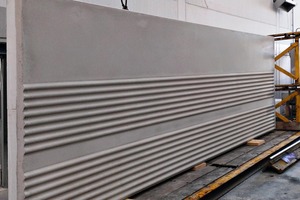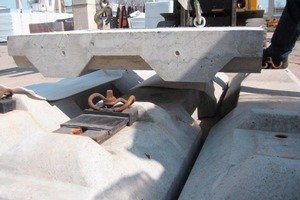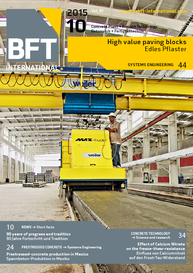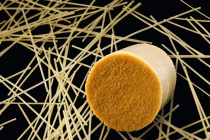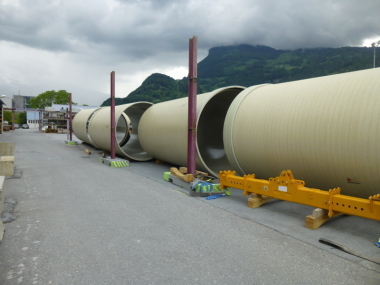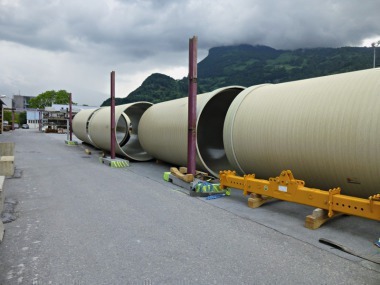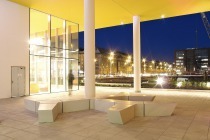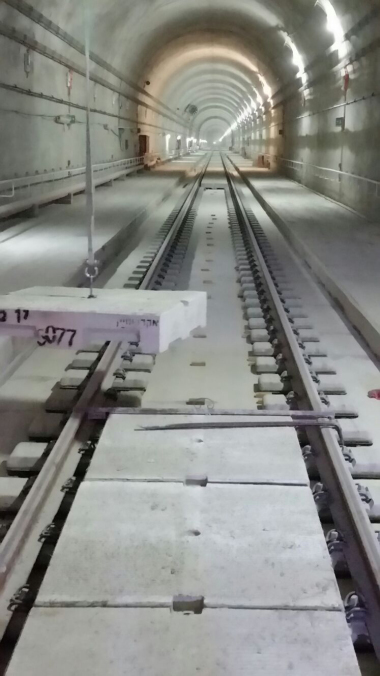Macrofiber Concrix sets new standards and reduces production cost
Nowadays, concrete is the building material par excellence and more and more precast concrete elements are used worldwide. Façade elements, noise-protection walls alongside roads as well as tubbings used in tunnels are precast.
But these precast concrete elements make high demands on production. To reduce the weight, the walls of such elements have to be made increasingly thinner. It therefore sometimes happens that the concrete cover of the steel reinforcement is insufficient, because perfect placement and fixation of the reinforcement steel is not easy, leading to corrosion of the steel and, in the end, to spalling.
The high quantities of steel required – depending on the element produced – results in addition to the steel cost also in high cost for the installation of the reinforcing steel. And where two layers of reinforcement are needed, distribution of the concrete becomes more complex. At the edges of the elements spalling is very often a problem due to the absence of reinforcement near edges (the steel cannot be bent and placed so perfectly).
Premium concretes with optimized shrink characteristics are able to reduce these problems, but they cost usually much more than conventional concrete.
Clear-cut solution thanks to Concrix
An easy way to completely eliminate or at least significantly reduce the conventional steel reinforcement is usage of Concrix. The installation of the construction steel reinforcement is no longer necessary, because the fibers are mixed into the concrete and are accordingly filled into the formwork together with it.
The enormous quantity of the bi-component macrofiber Concrix (120 000 fibers per kg Concrix) as well as the low cross-section of the material (only 0.5 mm) reinforces the concrete up to the edges of the precast elements, preventing or minimizing spalling. The high flexibility of Concrix in combination with the high working capacity and the anti-creeping behavior resulting from the bicomponent structure is unrivaled in the market.
Wall element made of white concrete with Concrix
Since the fibers come up to the surface of the concrete without being visible, they cannot corrode. This is a significant advantage because rust, e.g. on the surface of façade elements, is of course absolutely inacceptable. However, since synthetic fibers unlike steelfibers obviously cannot corrode this problem is solved as well.
Other advantages like the protection of the formworks, the mixer and other machines as well as the reduction of the risk of injury are the cherries on top of the Concrix cake.
For additional information and/or structural analysis of precast elements don’t hesitate to contact the engineers at Brugg Contec AG, St. Gallen/Switzerland.

